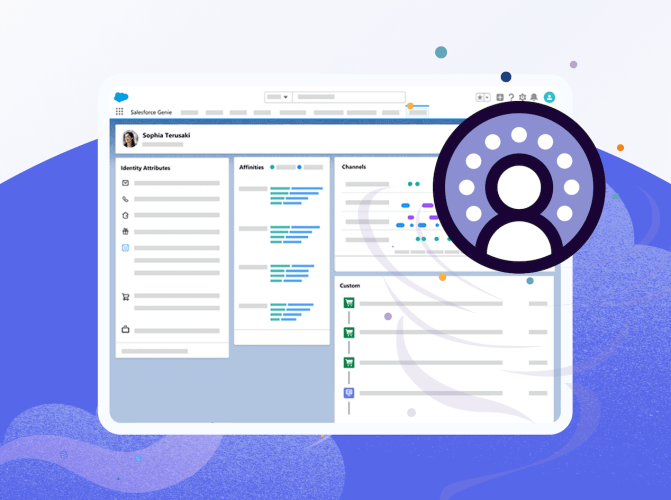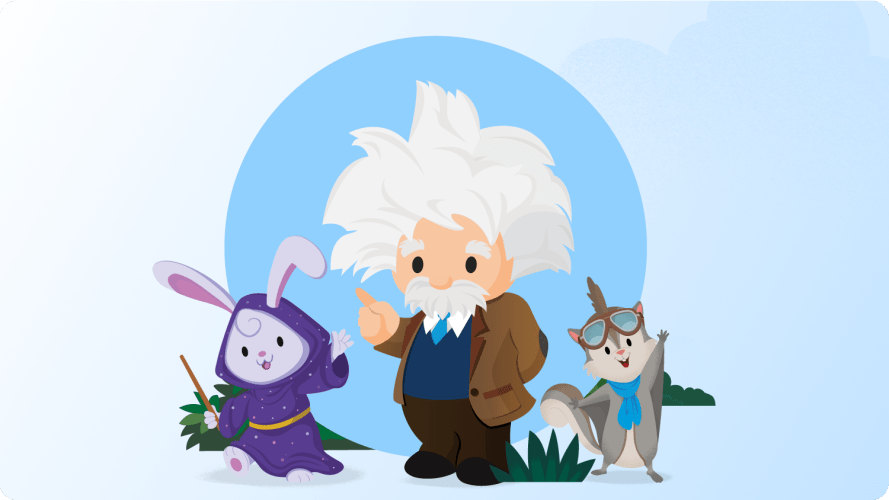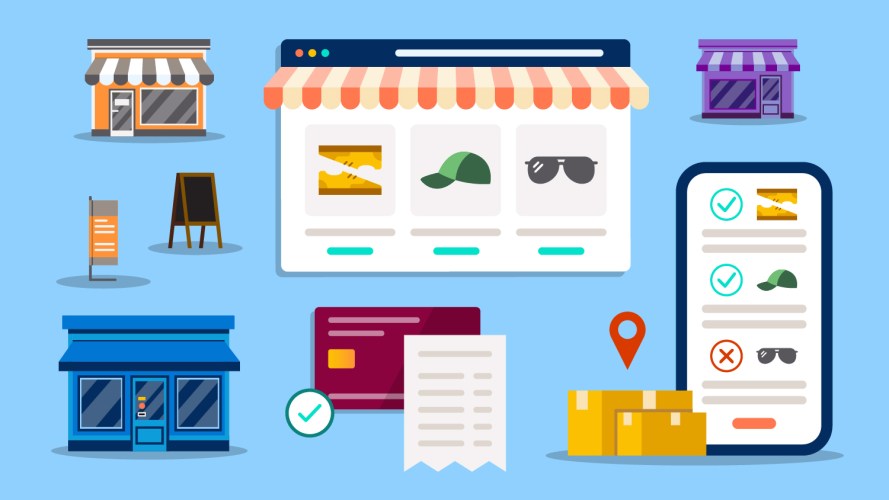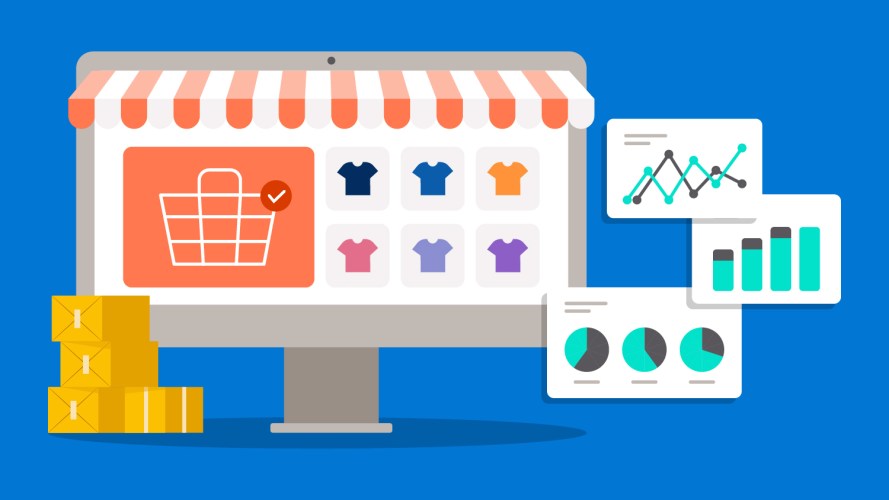The 9 Mobile Tools for Excellent Digital Customer Experiences
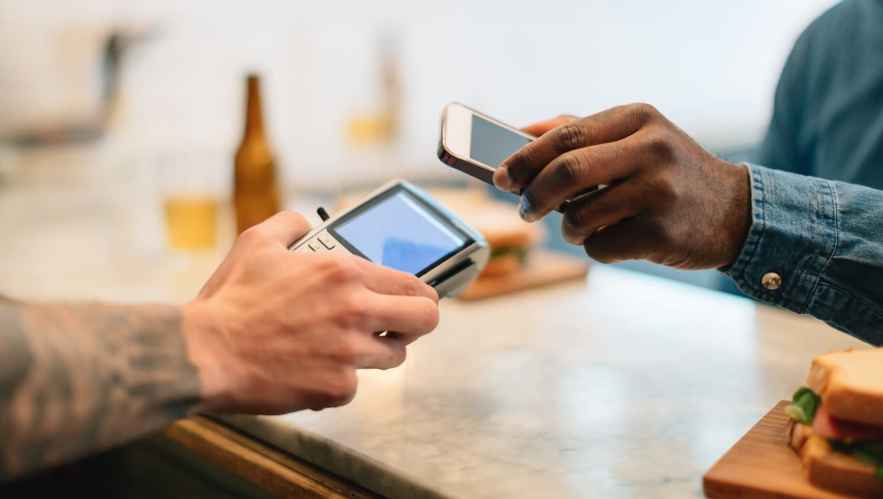


From apps to mobile wallets, BOPIS to 5G, these are the mobile technologies that your brand can’t afford to leave behind.

Heidi Robbins
Research shows 72% of all ecommerce transactions are expected to come from mobile this year. While this is a significant number, is it really that much of a surprise given how much we rely on our devices? Mobile digital experiences answer our questions, show us the latest sale, and lately, help us engage with customers.
As an experience design consultant, I’ve spent my entire career focused on the customer experience. I’m always asking what brands can do to elevate and improve. And lately, I’ve been thinking a lot about the connection between mobile technologies and the customer experience.
Personalize customer experience with the power of CRM
Level up your CRM to deliver connected experiences and improve customer relationships.



The digital customer experience on mobile
With expectations for premium, frictionless transactions at an all-time high, what makes a good customer experience on mobile? How should brands adapt customer-centric practices?
The future of customer experiences is driven by technology that unites teams under a single shared view of customer behavior. Keep customers top of mind — with mobile as a priority touchpoint.
I see nine elements of mobile capability that currently define digital interactions. I’m outlining them individually, but ultimately, these technologies must operate together to create the customer-first experience shoppers and retailers seek.
The nine tools that drive the mobile customer experience
Mobile apps
Mobile apps are the centerpoint for a connected experience. They are easier, faster, and more unified than a mobile browser, and they have the benefit of collecting user data. They also offer geolocation and extra features (such as one-click checkout). Ultimately, mobile apps provide richer, more data-driven, personalized experiences.
Geolocation
Tied to mobile apps, geolocation allows for a real-time, seamless connection to the user’s device. Brands have the benefit of knowing a customer’s precise physical location in real time. This helps them to align time, place, and intent to offer solutions, such as coffee shops that open extra-early based on user intent and location data. For consumers, the benefit is improved relevancy based on real-time information. Consider those apps that depend on geolocation such as traffic, ride sharing, and weather. Benefits include reduced traffic and travel time and advance notice of incoming storms.
Click and collect
Shoppers enjoy the time savings and convenience of browsing and buying online combined with a quick in-store pick-up. Click and collect, also called BOPIS (buy-online-pick-up-in-store), has been a popular alternative to strolling the aisles of a physical store or waiting for the delivery of an online order. Powered by ecommerce, click and collect allows consumers visibility into inventory and availability, and bridges the online and offline experience. It saves consumers the frustration of driving to a store and fighting a crowded parking lot only to find that the product they’re after is out of stock.
Contactless payment
Initiated by pandemic-based safety and security concerns, consumers now embrace many types of contactless payment options. This can mean online payments, which have been around for a while. But it increasingly also includes payment via in-store mobile wallet technology, adoption of which saw a 29% year-over-year growth in 2020. Mobile wallets are forecasted to surpass over 50% of smartphone users by 2025.
Personalization
Consumers are aware of the first-party data they share with brands, and they do so anticipating a value exchange. Shoppers expect that brands will know them personally, engage with them individually, and serve their unique needs and interests. Technology that is powering personalization today includes GPS, artificial intelligence, augmented reality, and data fluidity (use of a centralized customer-data platform or CDP). These technologies must partner with marketing and trust to execute at speed.
5G
Estimated to be 10X faster than 4G, 5G networks make things easier on mobile, and provide more accurate and granular data to personalize messages and experiences. According to our research, more than 90% of marketing professionals worldwide expect 5G to have an impact on their industry over the next decade.
Artificial intelligence
Using data and customer profiles, artificial intelligence (AI) allows for automated decision making and improved efficiency, speed, and relevancy. A majority of consumers want recommendations based on their past purchases. They recognize how machine learning can reduce friction and enrich the experience, and help them find items and place orders with ease.
Channel alignment
Make the mobile experience easier by meeting customers where they are. For example, if they’re choosing to engage with your brand in an app, a push notification will be more appreciated than an email or a text. Identify where your shoppers spend most of their time, and reach out to them on their channel of choice.
Voice assistants
Voice assistants allow consumers to execute a variety of tasks hands-free via smart speakers, automobile voice interface, and wearables. While data suggests that people are not yet shopping and buying via voice, it also suggests that they’re using the technology to check the weather, make phone calls, send texts, play music, and ask for directions. These habits signal that consumers may be getting comfortable enough with these tools to stay informed on products and possibly carve a path toward purchase.
Mobile technologies needs to work together
How do these technologies all tie together into one neat package? Consider this click and collect experience I had when many of us were trying it for the first time in 2020.
My experience with one retailer used nearly all of the above listed technologies at once. They drove me to their app to create, complete, and purchase the items in my cart. They alerted me when the order was ready via multiple communications channels. They also used geolocation within their app to track me from the moment I told them I was en route for pickup.
With my consent, this allowed them to get my order ready knowing exactly how long it would take before I pulled into their parking lot. Rather than having to call or click to alert the team to my arrival, they were already walking up to my car before I was even in park. This saved me both time and productivity and resulted in a frictionless, memorable experience that I was raving about to all who would listen.
This transaction was a perfect example of the right technology connected end-to-end around customer desire. That’s how things currently stand in 2021. Looking forward, there are a few elements that must move center-stage to keep up with mobile customers on the go.
The six customer-first elements that will impact the future of mobile
- Personalization: Our phones are rarely farther than a few inches away. SMS and push messages must be worthy of the immediate attention they demand.
- Location-based messaging: The built-in GPS on mobile allows for sharing precise location. With consent, this allows brands to assist customers with efficiency and accuracy.
- Real-time notifications: Designed to aid and assist, real-time notifications via SMS or push allow communication on the home screen, useful and digestible at a glance.
- Data-driven value: Consumers recognize the exchange of data for value and they trust brands to use their information wisely.
- Frictionless transactions: People on mobile are often doing other things (driving, walking, exercising, etc.) with their phones in hand. Lead with empathy in your mobile experiences and strive to make every step effortless.
- Memorable experiences: Amazing experiences are frequently described as extraordinary and immersive. Seek to make a memorable connection between the consumer and the brand to drive loyalty and sharing.
Start leading with mobile now
Businesses can no longer rely on how it’s always been done to remain competitive. Technology and consumer expectations are evolving at a rapid pace. Shoppers will reward brands that lead with mobile and use emerging technologies to offer personalized experiences, and those who anticipate their evolving needs. This is how you build their trust and save them time and effort.
Simply keeping up with mobile technology isn’t sufficient. Lead with a customer-first approach, adapt quickly, and reinvent the customer experience. Now’s the right time to craft the personal, data-driven, frictionless experiences that will leave your customers raving.
Build a mobile-first customer experience
Take the first step to unite your teams under a single solution and give customers the experiences they crave.



